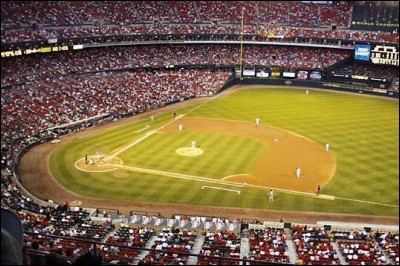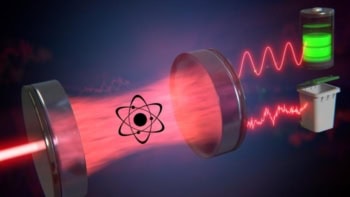League play is often a poor way of determining the best sports team, according to statistical research performed in the US. By analysing an imaginary set of teams with known ability, physicists have found that normal league play requires an enormous number of games to be played for the best team to be identified with high certainty. Instead, the physicists suggest that "sequential elimination" is a fairer and more efficient method (arXiv.org/physics/0612217).

Every true sports fan will know how disappointing it is if your team fails to win the league. But the feeling is made even worse if it is an underdog that clinches the title at the end of the season. This unpredictability is epitomized by American Major League Baseball, where an astonishing 44% of games have been won by the supposedly weaker team over the past century.
Now, however, Eli Ben-Naim and Nick Hengartner from the Los Alamos National Laboratory suggest the method of determining the best team can have a significant impact on the result. The physicists decided to model the apparent “randomness” in sports games by creating their own set of N teams, each with a precisely known ability. They then assumed that there would always be a certain probability that the higher seeded team would win.
Through statistical analysis, the physicists found that in normal league play, in which each team plays every other team once, a total of N3 games would be required to guarantee that the best team ultimately wins. Applying this result to the 20-strong English Premier League, a whopping 8000 games would be needed to identify the genuine champions, rather than the 380 that the teams currently face.
However, the two physicists also discovered that the number of games needed can be dramatically reduced by introducing short preliminary rounds, in which many of the weakest teams are eliminated – a process they call “sequential elimination”. In the final round the remaining minority of teams play a large number of games to ensure that the best team ends up the winner. With one extra round the total number of league games required to find the best team would fall to N9/5, and in theory enough rounds could even let it be reduced to almost N itself.
Ben-Naim and Hengartner pointed out that their model could be validated against real sports leagues, using a team’s budget as a proxy for its ability. “Sports fans had a great deal of interest in earlier results where the [probabilities] were obtained from game data,” Ben-Naim said. “We believe that managers of sports leagues and associations can use more rigorous techniques, theory and numerical simulations to design better competitions.”



